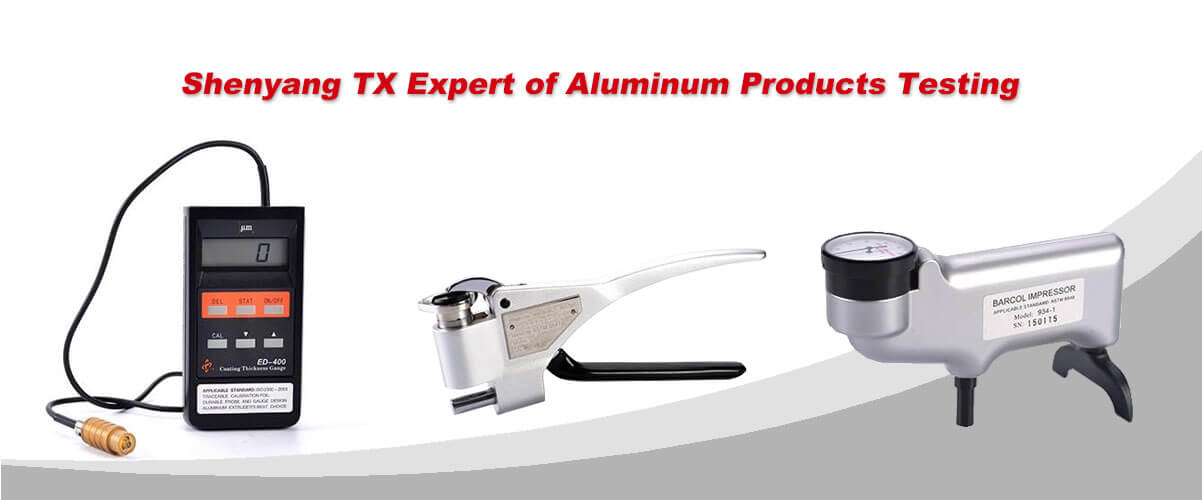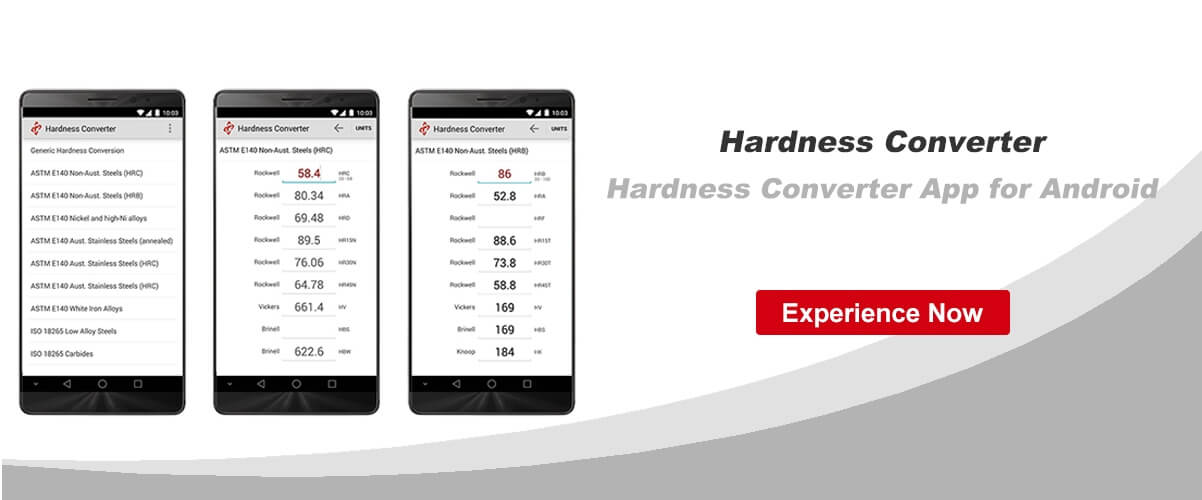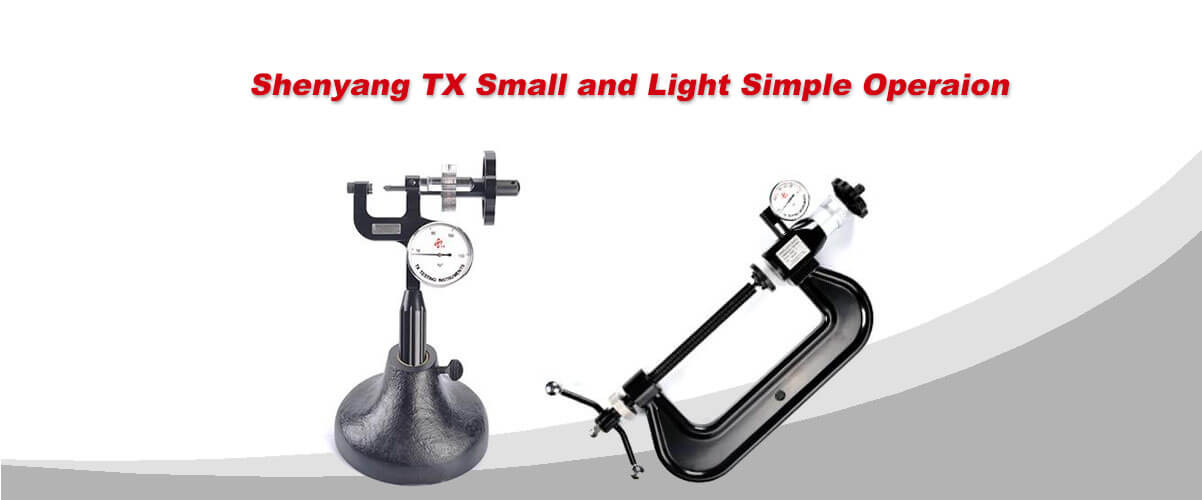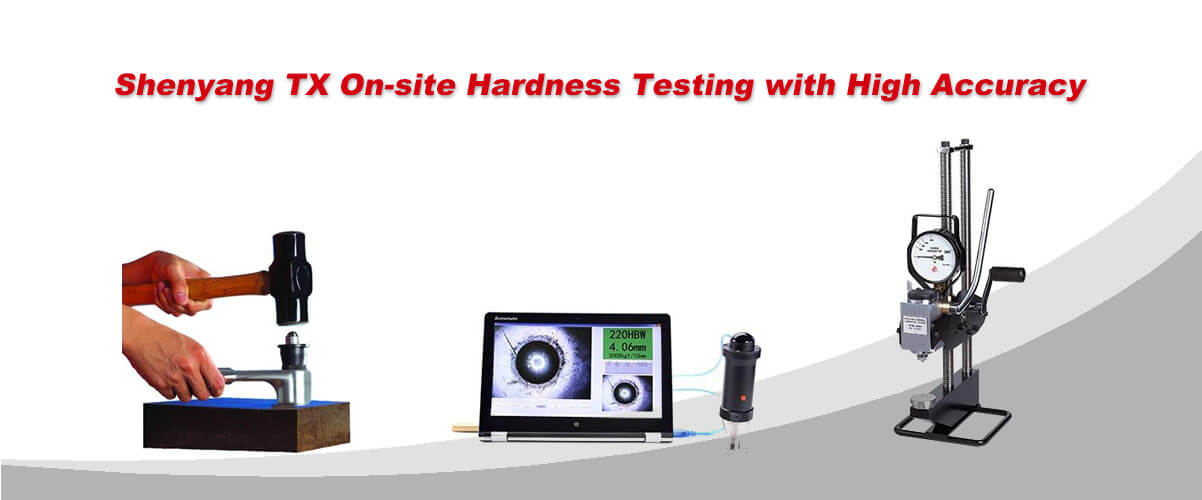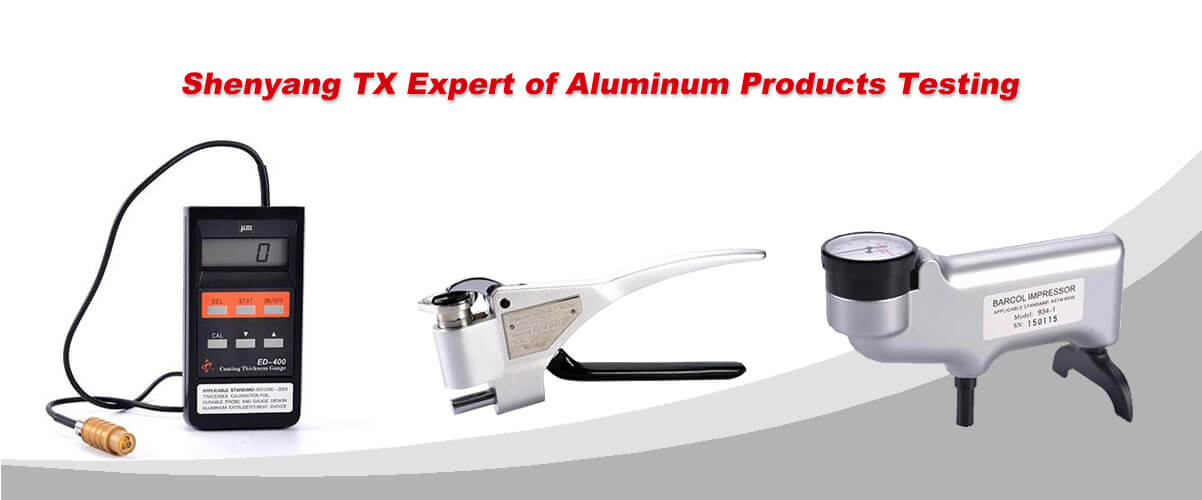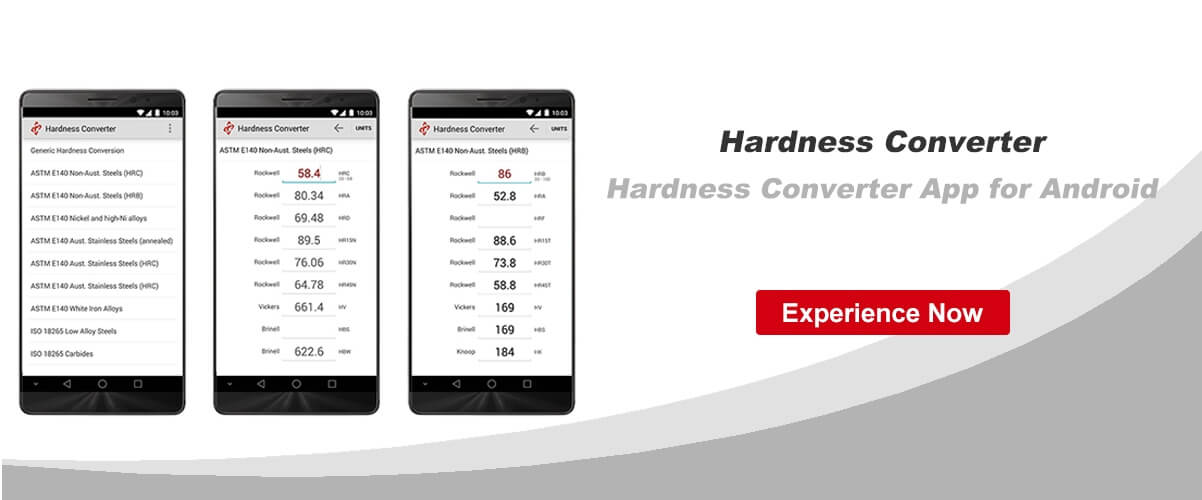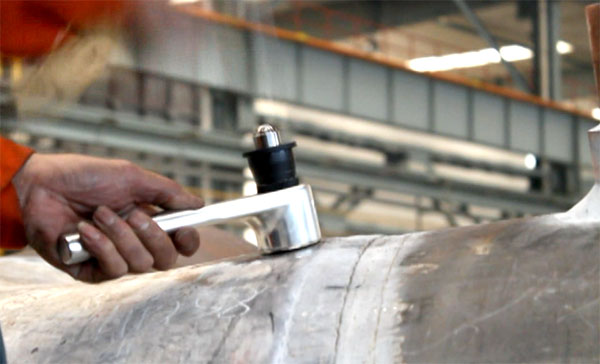
The shear pin type Brinell hardness tester can complete the Brinell hardness test of the workpiece by consuming only one cheap shearing pin at a time. The working principle of this instrument is that when the operator applies the test force to the shear pin frame, the test force is transmitted to the indenter through the shear pin, and the indenter is pressed into the sample surface. When the indentation force of the vertical pin is 1580kgf, the indentation on the surface of the test piece can be obtained at the moment when the shear pin is cut off by the microscope (the indentation force of the vertical pin is 1580kgf). In this way, the indentation on the surface of the test piece can also be obtained by the shearing head.
The shear pin Brinell hardness tester produced by our company can be divided into PHB-1 hammer dynamic shear pin Brinell hardness tester and PHB-150 C-frame static and hammer dynamic shear pin Brinell hardness tester according to different methods. In other words, PHB-1 only includes dynamic force application method, while PHB-150 is a dual-purpose shear pin Brinell hardness tester including both dynamic force application method and static force application method.
The test force accuracy and repeatability of the C-frame static shear pin Brinell hardness tester are better than those of the dynamic hammer shear pin Brinell hardness tester, but the size of the measured workpiece is required due to the limitation of its opening size (150mm high * 100mm deep).
The dynamic force application mode of hammering is flexible and can test any large workpiece, but the measurement accuracy is slightly worse than that of the C-frame static force application shear pin Brinell hardness tester. In practical application, it can be regularly compared with the C-frame static force application shear pin Brinell hardness tester to test the accuracy of the test results.

